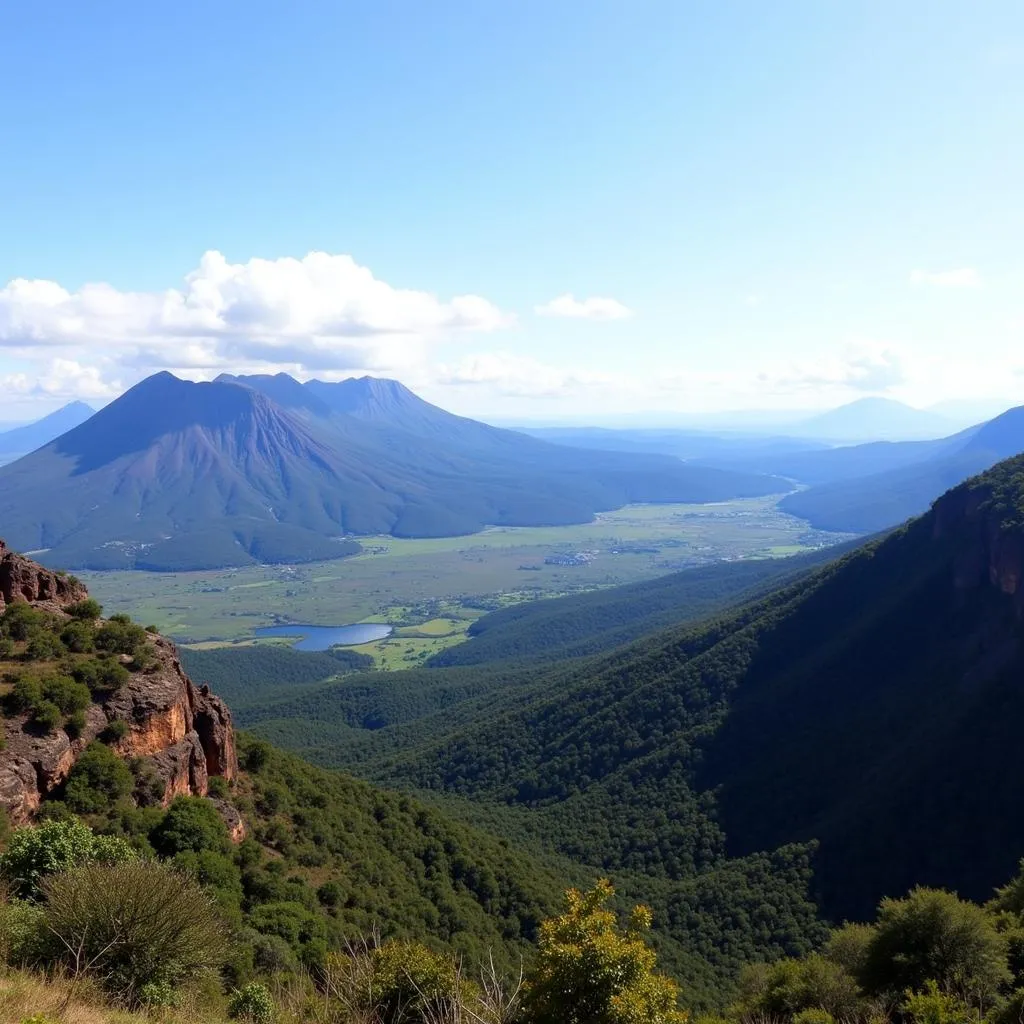Unveiling the Energy of the African Kabila Dance
The African Kabila Dance is a vibrant and captivating expression of culture, deeply rooted in the traditions of several African communities. It’s more than just rhythmic movement; it’s a story told through energetic steps, pulsating drums, and the infectious spirit of togetherness. This article delves into the fascinating world of the Kabila dance, exploring its origins, variations, significance, and its enduring legacy in the tapestry of African culture.
Exploring the Origins and Evolution of Kabila
The exact origins of the Kabila dance are often debated, with different communities claiming its heritage. Some believe it originated in East Africa, particularly within Congolese communities, where similar dance forms exist. Others suggest a connection to Southern African traditions. This uncertainty highlights the dynamic nature of cultural transmission, where influences often transcend geographical boundaries. Regardless of its precise origin, the Kabila dance has evolved and adapted over generations, incorporating elements from various cultures and reflecting the changing social landscape.
What makes Kabila unique is its raw energy and the sense of community it fosters. The dance is often performed during celebrations, festivals, and rituals, uniting participants in a shared expression of joy, grief, or spiritual devotion.
Kabila: Variations Across Africa
While the core elements of Kabila – the rhythmic stepping, the energetic movements, and the communal spirit – remain constant, there are regional variations in the dance. These differences are reflected in the tempo, the specific steps, the accompanying music, and the costumes worn. In some regions, the dance emphasizes intricate footwork and rapid movements, while in others, the focus is on upper body fluidity and graceful gestures. These regional nuances add to the richness and diversity of the Kabila dance, making each performance a unique reflection of the local culture.
Kabila Dance Costumes and Symbolism
The costumes worn during Kabila performances often hold significant cultural meaning. They may incorporate traditional patterns, colors, and materials that represent specific clans, regions, or social statuses. For instance, certain colors might signify royalty or spiritual power, while particular patterns might symbolize ancestral connections or natural elements. These symbolic elements add another layer of depth to the dance, transforming it into a powerful visual narrative.
The Significance of Kabila in African Culture
Kabila is more than just entertainment; it plays a vital role in preserving cultural heritage and transmitting values from one generation to the next. The dance often serves as a vehicle for storytelling, narrating historical events, myths, and legends through movement and rhythm. It also strengthens social bonds, fostering a sense of belonging and unity within the community. In many African societies, Kabila is an integral part of life-cycle events, such as births, initiations, weddings, and funerals, marking significant milestones and reinforcing cultural identity.
Kabila and its Connection to Spirituality
In some communities, Kabila has a strong spiritual dimension. The dance may be performed as part of religious ceremonies or rituals, serving as a form of communication with the divine or a way to honor ancestral spirits. The rhythmic movements and the accompanying music are believed to create a sacred space, facilitating connection with the spiritual realm.
Preserving the Legacy of the African Kabila Dance
In a rapidly changing world, preserving traditional art forms like Kabila is crucial. Efforts are being made to document and archive the dance, ensuring that its rich history and cultural significance are not lost. Dance troupes and cultural centers are playing a vital role in promoting Kabila, teaching the dance to younger generations, and showcasing its beauty to a wider audience.
Conclusion: The Enduring Power of the African Kabila Dance
The African Kabila dance is a vibrant testament to the richness and diversity of African culture. It’s a powerful expression of identity, a celebration of community, and a conduit to the spiritual realm. By understanding and appreciating the significance of Kabila, we gain a deeper insight into the heart and soul of Africa. Through continued efforts to promote and preserve this captivating dance form, we can ensure that its energy and legacy continue to inspire and enrich generations to come.
FAQ
-
What is the Kabila dance?
The Kabila dance is a vibrant and energetic traditional dance form found in several African communities. -
Where did the Kabila dance originate?
The exact origins are debated, with potential roots in both East and Southern Africa. -
What is the significance of Kabila?
It plays a vital role in cultural preservation, storytelling, and spiritual expression. -
Are there different variations of Kabila?
Yes, regional variations exist, reflecting the diverse cultural landscape of Africa. -
How can I learn more about Kabila?
Research online, visit cultural centers, or attend performances to deepen your understanding. -
What is the typical music that accompanies Kabila?
Typically, drums and other traditional instruments are used, creating a rhythmic and energetic soundscape. -
What makes Kabila unique compared to other African dances?
Its distinct combination of energetic movements, communal spirit, and storytelling sets it apart.
For any inquiries or assistance regarding African culture and experiences, feel free to contact us via Phone: +255768904061, Email: kaka.mag@gmail.com or visit us at Mbarali DC Mawindi, Kangaga, Tanzania. Our customer service team is available 24/7.
